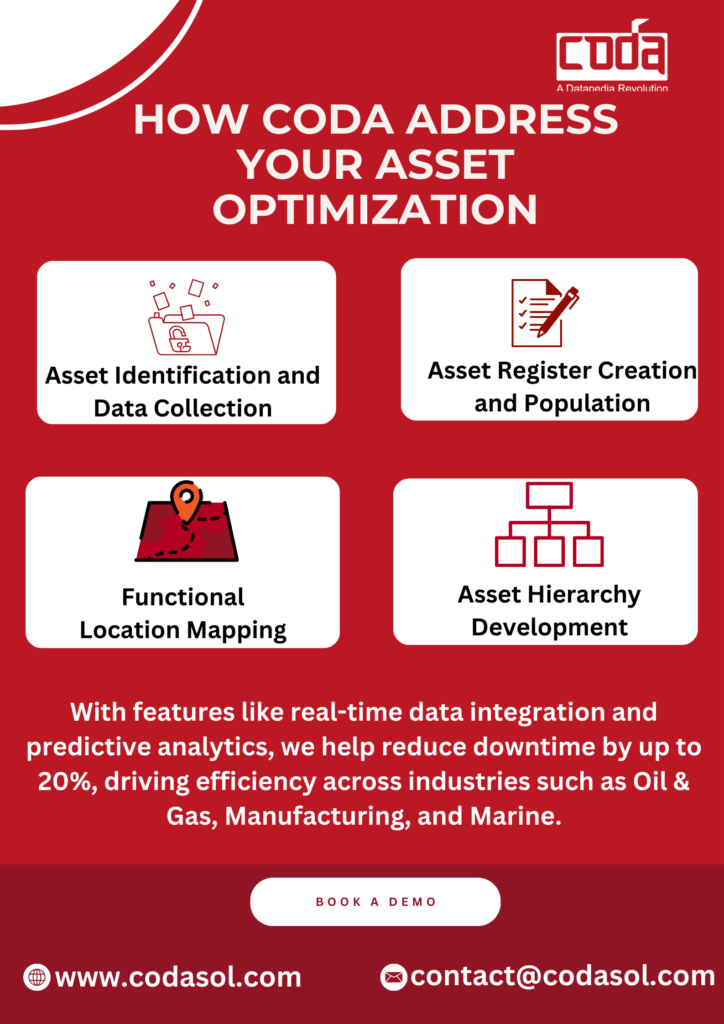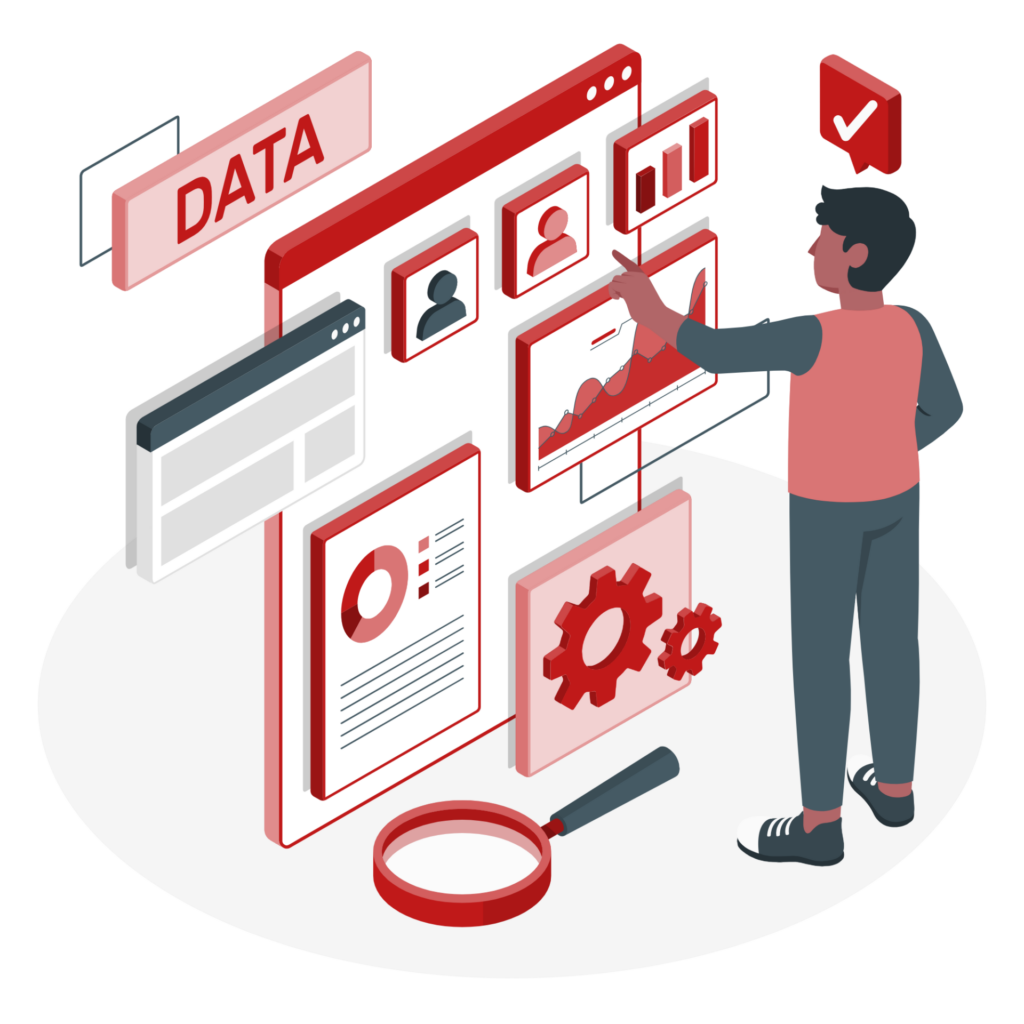Effective inventory and asset management is critical for business success across all sectors. Companies of every size, from small firms to large organizations, benefit from streamlined workflows that avoid overstock and stockout issues. Industries heavily reliant on physical assets, like manufacturing, energy, and utilities, find asset management especially impactful, as it directly affects costs, efficiency, and service delivery. This necessity has led many organizations to adopt digital transformation strategies in asset management to unlock new levels of operational efficiency, cost savings, and data-driven decision-making.
Here’s an in-depth look at digital transformation strategies in asset management and their potential benefits and risks.
What is Digital Transformation?
Digital transformation is a comprehensive process that reimagines an organization’s core operations and business strategies using digital technologies. This shift isn’t just about updating systems; it’s about rethinking how businesses operate and leverage their data to stay competitive in the digital age. For asset-intensive industries, this means introducing tools like predictive analytics, IoT, and machine learning to improve efficiency and productivity.
The primary drivers behind digital transformation in asset management include:
Upgrading Outdated Systems:
Many companies find that legacy systems no longer meet the needs of a fast-evolving, tech-driven world.
Leveraging New Technologies:
Digital technologies like AI, IoT, and data analytics allow businesses to make better decisions, reduce downtime, and extend asset lifespan.
Digital transformation touches every aspect of a business, from customer engagement to back-office operations. In asset management, digital strategies enable companies to transition from reactive to proactive maintenance, supported by real-time data insights and predictive analytics to enhance operational efficiency, reduce costs, and maximize asset value.
The Role of Digital Transformation in Asset Management
In asset-intensive sectors, digital transformation redefines asset management by incorporating advanced technologies that improve data gathering, operational efficiency, and asset tracking. Here’s a closer look at some core digital tools and strategies reshaping the way companies manage their assets.
1. IoT and Sensor Technology in Asset Management
- How it Works: The Internet of Things (IoT) and sensor technologies collect real-time data on equipment performance, asset health, and efficiency metrics. With IoT, organizations can continuously monitor their assets and receive critical data on conditions that impact asset performance.
- Benefits: IoT in asset management eliminates the need for manual tracking, giving asset managers a complete overview of equipment. This real-time data allows them to forecast potential failures and take preventive measures, extending equipment lifespan and preventing costly breakdowns.
2. Predictive Maintenance
- How it Works: Predictive maintenance analyzes data collected from IoT devices and sensors to identify patterns and anticipate potential issues. This approach enables managers to address problems before they escalate, avoiding disruptions in operations.
- Benefits: Shifting from manual monitoring to predictive maintenance reduces costs associated with repairs, minimizes unplanned downtime, and extends the useful life of assets. Predictive analytics and machine learning enable organizations to transform traditional maintenance processes into data-driven workflows.
3. Digital Twins
- How it Works: A digital twin is a virtual representation of a physical asset that mirrors its behavior, providing a 360-degree view of its operations. Digital twins offer real-time insights, from initial testing to daily use, by using simulation and machine learning to analyze asset performance.
- Benefits: By simulating different scenarios and examining asset behaviors, digital twins allow managers to make data-driven decisions, identify optimization opportunities, and reduce unnecessary downtime. This capability is particularly useful in manufacturing and utilities where asset reliability is essential.
Benefits of Digital Transformation in Asset Management
The integration of digital technologies in asset management offers several strategic benefits. By moving from traditional methods to digital tools, organizations can achieve greater visibility, improve decision-making, and drive cost-effectiveness across asset management functions.
1. Improved Asset Utilization
IoT, predictive maintenance, and digital twins enable organizations to optimize asset usage by understanding performance trends, identifying potential failure points, and taking preventive action.
- Benefits: Enhanced asset quality, reduced downtime, and lower operational risk are just some of the advantages of improved asset utilization, leading to higher productivity and cost savings.
2. Enhanced Asset Visibility
Digital twins and IoT provide a clear and comprehensive view of asset status, allowing managers to closely monitor conditions and ensure optimal performance.
- Benefits: Improved visibility reduces unplanned maintenance, minimizes equipment failures, and ensures a streamlined operation with fewer disruptions.
3. Data-Driven Decision-Making
Predictive analysis provides managers with a real-time overview of asset usage, allowing for strategic planning and informed decision-making based on actual data rather than assumptions.
- Benefits: Real-time dashboards allow managers to assess asset health, understand trends, and make strategic decisions based on comprehensive, accurate information.
4. Cost-Effectiveness
By reducing maintenance needs, minimizing downtime, and improving asset utilization, digital transformation helps companies control costs and avoid unnecessary spending on frequent inspections.
- Benefits: This strategic, data-based approach prevents over-inspection and unnecessary replacements, lowering costs and improving the ROI of asset management programs.
5. Streamlined Asset Tracking
Digital transformation simplifies asset tracking, particularly in warehouse management, by providing accurate, real-time asset locations and optimizing inventory.
- Benefits: Effective asset tracking reduces procurement costs, improves replenishment processes, and ensures critical assets are always available when needed.
Challenges of Digital Transformation in Asset Management
Despite the advantages, digital transformation in asset management poses certain challenges that must be addressed for successful implementation.
1. High Upfront Costs
Initial setup costs for IoT devices, digital twins, and other advanced technologies can be substantial. Companies may require time to see returns on their investment if these technologies aren’t used to their fullest potential.
2. Cybersecurity Risks
As organizations increase data generation from IoT and other devices, they also face higher cybersecurity risks. Data breaches can cause operational disruptions and financial loss, making it essential to prioritize cybersecurity.
3. Skills Gap and Resistance to Change
Employees may lack the digital skills required to manage advanced tools, and some may resist the shift from traditional methods to digital solutions.
4. Data Privacy and Compliance
With increased data flow, companies need to navigate compliance with privacy laws like GDPR and CCPA, especially in industries with strict regulatory requirements.

Best Practices for Implementing Digital Transformation in Asset Management
To overcome these challenges, organizations should follow best practices to ensure a smooth transition and maximize the benefits of digital transformation.
Data-Driven Decision-Making:
Use real-time data from IoT sensors and digital twins for quick, informed decisions on asset performance and utilization.
Leveraging Digital Twin Technology:
Utilize digital twins to monitor assets and optimize performance. Asset managers can simulate scenarios to identify performance issues before they escalate.
Predictive and Prescriptive Analytics:
Predictive maintenance prevents unexpected breakdowns, while prescriptive analytics offers solutions for potential issues.
Final Thoughts
Digital transformation in asset management is no longer optional; it’s essential for organizations aiming to boost productivity, reduce costs, and stay competitive. By embracing digital technologies like IoT, predictive maintenance, and digital twins, businesses can move from reactive to proactive asset management strategies. For industries in the GCC and MENA regions, evaluating the benefits and risks of digital transformation before implementation is crucial.
How CODASOL Supports Digital Transformation in Asset Management
CODASOL’s advanced asset management solutions leverage real-time data and predictive analytics to cut downtime by up to 20%. Our Digital Twin technology provides a comprehensive, 360° view of assets, empowering managers to predict, prevent, and resolve issues before they become costly. CODASOL’s approach to asset management ensures improved operational efficiency, cost savings, and long-term sustainability.

Schedule a demo with CODASOL’s experts to explore how our digital transformation solutions can elevate your asset management strategy



